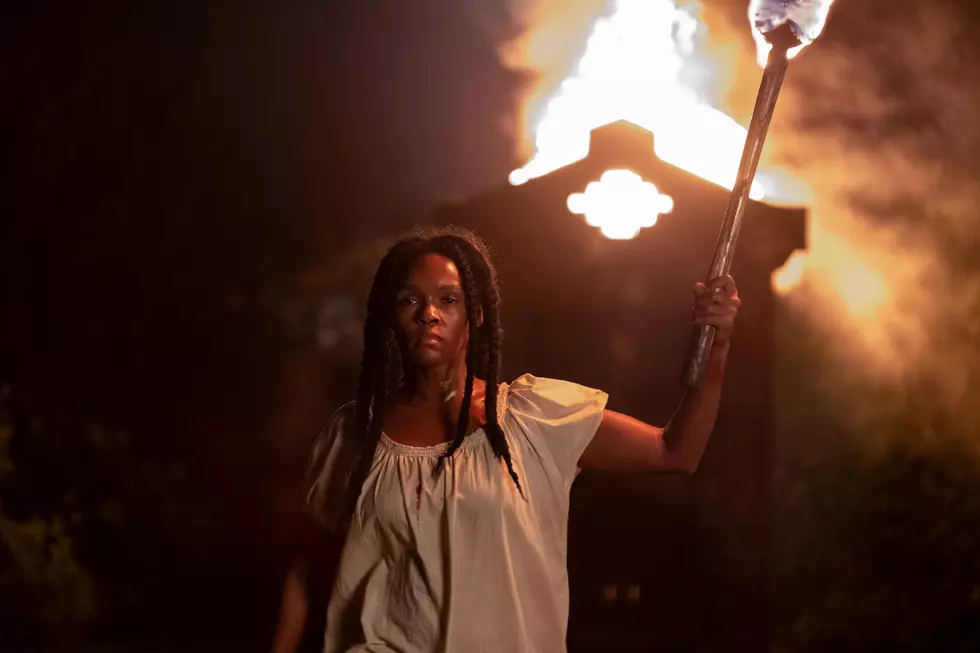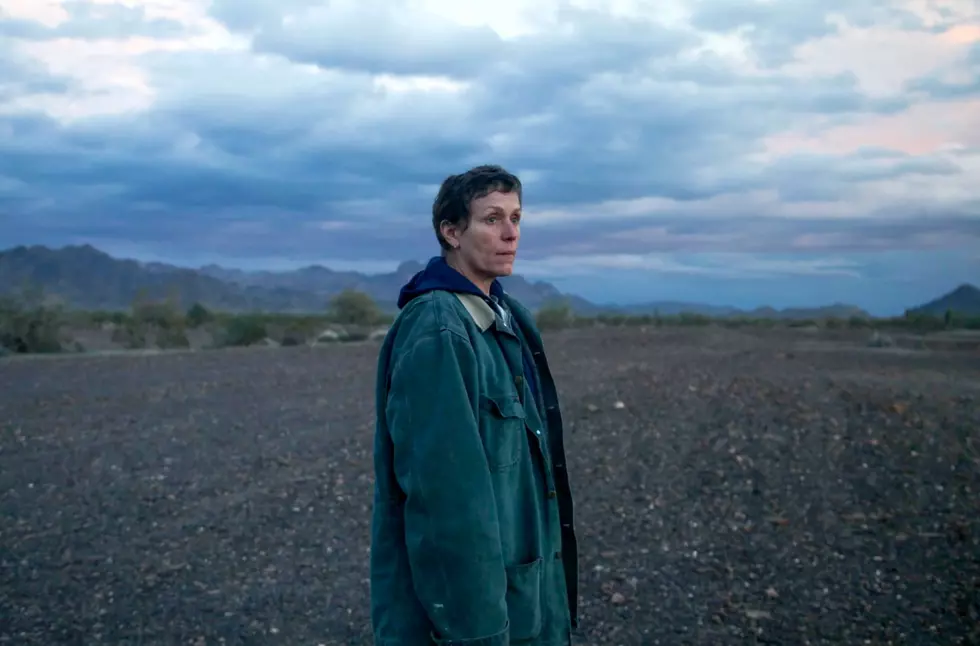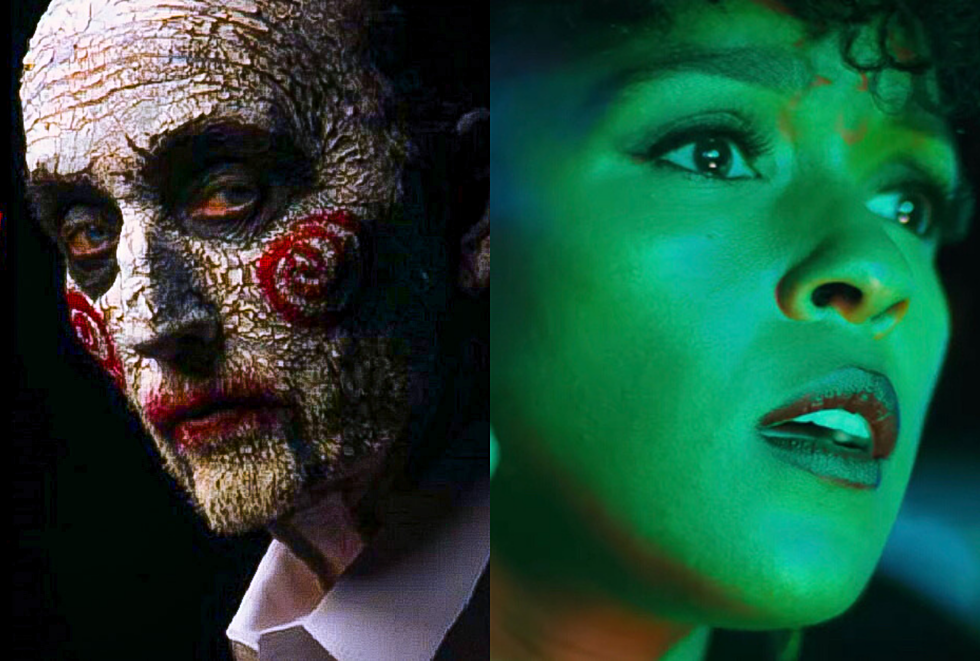
‘Antebellum’ Review: Two Monáes, Much Malaise
If you’re paying attention, you can figure out the mystery at Antebellum’s center within its first 10 minutes. The film’s trailers make it clear that Janelle Monáe plays two characters; one a slave on a plantation in the Civil War-era South, and the other a wealthy woman in modern America. How do the two co-exist? What is their connection? A single shot gives it away before even the hint of a twist has been introduced.
That blunder is representative of Antebellum as a whole, a film that’s a lot less clever than it thinks. Its blend of horror, social commentary, and plot swerves recalls The Twilight Zone — at least during the season where the network demanded hourlong episodes instead of the usual 30 minutes, resulting in a bunch of stories that were plodding, listless, and far longer than they needed to be to get their point across. Antebellum’s screenplay is so focused on establishing these two worlds without spoiling their connection, that it never brings any meaningful depth or complexity to the lives of any of these characters.
The slavery scenes come first, with Monáe as Eden. She’s trapped on a plantation that also serves as a base for the Confederate army, whose soldiers delight in abusing the slaves day and night. After an incongruously glossy opening tracking shot, which glides in slow-motion through the entire plantation like a tourism video from hell, Antebellum settles into a first act of non-stop beatings, torment, and sexual assult. When Eden refuses to obey her master, he brands her with a hot iron. It’s like slavery torture porn.
Then the movie jumps to the present. Now Monáe is Veronica Henley, a famous and successful author whose work examines the notion of race and gender in America. Veronica fields an offer over Zoom from a woman (Jena Malone) who’s seen her interviewed on TV, then takes a business trip away from her beautiful home and family. A subsequent night on the town with her friends Dawn (a funny Gabourey Sidibe) and Sarah (Lily Cowles) is littered with subtle but clear racial bias, along with maddening verbal allusions to the plantation sequences (like talk about how powerful women get “branded” as “nasty”). Warnings signs blare all around Veronica that she could be in danger; she ignores them all until it’s too late.
There’s absolutely a movie somewhere in this material, and in drawing parallels between the brutality of the past and our deeply divided present. Antebellum, which was written by directors Gerard Bush and Christopher Renz, is far more interested in graphic violence and twists than digging into those comparisons. No one on the plantation, from Eden to her taskmasters (like Jack Huston’s cruel Captain Jasper), is given a hint of complexity or personality. They are all cogs in a machine — a message that admittedly might have been what Bush and Renz were going for. If it was, they succeeded in showing the cruelty of this system at work. They just failed to do anything else, as this cruel system plays out, barbarically and tragically, for 40 punishing minutes. That’s followed by contemporary scenes that offer very few insights into what it means to be a powerful Black woman in 2020.
As that powerful woman, Monáe does the best she can with a very flimsy role. (As Eden, she’s given even less to work with.) When I saw Hidden Figures in 2016, I predicted Monáe would become a huge movie star, but a star is only as good as her material. While it’s nice to see her headlining a film of her own, Antebellum makes a very poor showcase for Monáe’s unique talents. The sections set in the 1800s treat her like a prop amidst a cavalcade of misery. Veronica possesses none of the sly courage and charm that Monáe brought to those earlier roles, at least until the disappointing finale that is once again far more focused on plot (one with a least a few nonsensical beats) that anything related to character.
Antebellum heralds its own self-importance from the very beginning, with ominous orchestral music, twinkling magic-hour cinematography, and those elaborate uninterrupted takes. Then it wallows in the horrors of slavery for a full half-hour before indulging some very light satire of modern media culture. It lands somewhere that’s both too serious and, given its subject matter, not nearly serious enough — with a “surprise” that will surprise absolutely no one watching carefully.
RATING: 3/10
Gallery — Every F CinemaScore Movie, Ranked From Worst to Best:
More From ScreenCrush









